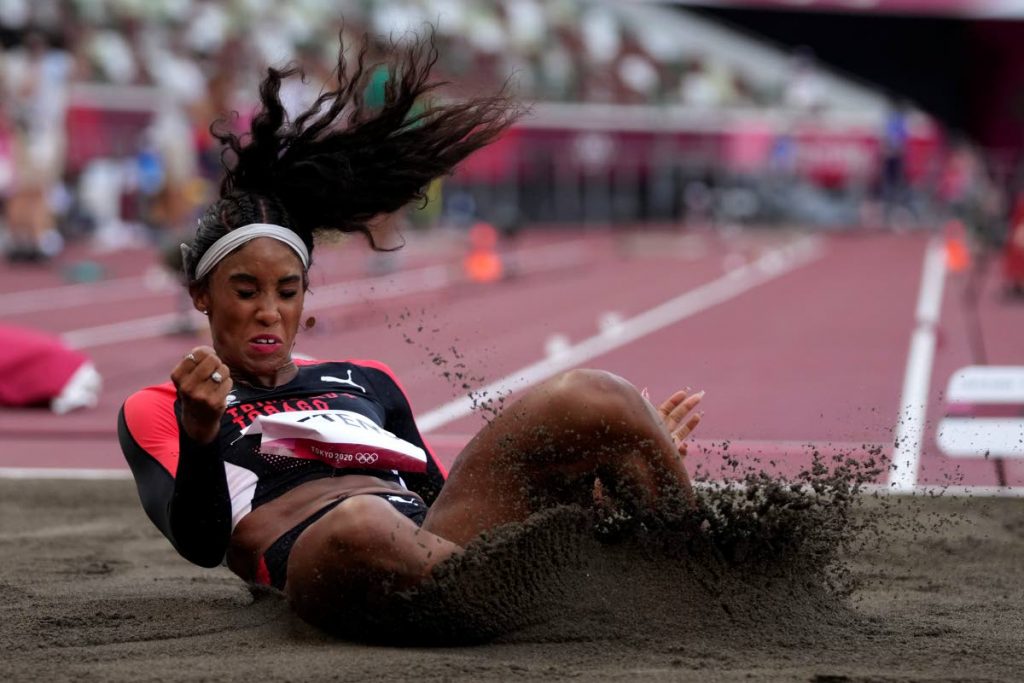IT IS safe to say that over the past two weeks we have been spoilt for choice when it comes to which sports, athletes, or action to follow at the 2020 Tokyo Olympic Games. “The year of the unexpected,” some might say, as the underdogs rise, a 13-year-old earns bronze, two high jumpers share gold and Team TTO defy the odds to put on quite the Olympic performance and generate much chatter and national pride locally and abroad.
With all eyes glued to the television we eagerly anticipate hearing from an athlete after a medal-winning performance. You often hear reporters ask athletes what they might be feeling in the moment or did this win surprise them. One question, however, that many reporters find themselves asking the athletes is, “what was your motivation over the past four years?” And almost immediately, as if without need for thought, a response will be given.
Athletes may say things such as, “It’s always been a dream to win an Olympic medal,” “My family and loved ones kept me going,” or even something along the lines of defying the odds that were stacked against them. But what really is motivation? Why do we need to understand it? And what bearing does it have on athletic performance?
If we define it as simply as possible motivation is the direction and intensity of effort (Sage, 1977). And indeed, this definition is quite accurate. It would suggest that motivation can help explain why athletes commit to years of rigorous training regimens. Why employees work tirelessly within organisations to obtain promotions. Or even why university students study so diligently to ace their final exams.
We must also consider the flipside of this, if an athlete wishes to win a competition (direction) but doesn’t train for it (intensity of effort) then the outcome won’t be a successful one. If both direction and intensity of effort aren’t aligned it can be the reason we underachieve or don’t achieve at all. Motivation, therefore, lies at the very heart of performance and the desire to succeed. It is crucial for both athletes and coaches to not only understand it but balance it in order to achieve sporting success.
If we were to wade a little further in, we might begin to come across what we in sport psychology refer to as the self-determination theory (SDT). This theory, developed in the 1970s, has stood true as the dominant theory of motivation and it suggests to us that there are two main sources of motivation: intrinsic motivation which refers to doing something because it is inherently interesting or enjoyable, and extrinsic motivation, which refers to doing something because it leads to a reward (Ryan and Deci, 2000). These sources are divided into further sub-categories, of which I will leave for another day…
SDT also measures motivation on a continuum, meaning that it’s not as black and white as “motivated” or “not,” but comprises of far more complex explanations, taking into account the stage of development of the athlete, the motivational climate created by the coach and the level of satisfaction of the needs of the athlete. The three main stages on the continuum are amotivation, extrinsic motivation and intrinsic motivation.
I imagine at this point I’ve probably left you with a lot of questions with all the heavy theoretical stuff, but motivation is a densely packed subject area in psychology and one that requires much explanation.
The final thing, however, that I would like to leave you with is within the sphere of intrinsic motivation specifically. Intrinsic motivation is considered the uppermost end of the motivation continuum and is the realm in which many elite athletes will exist. There are three main components to note that lend to cultivating intrinsic motivation:
1) Competence: Having a sense of mastery related to one’s own performance and feeling confident and self-efficacious. Focusing more on process and performance goals and less on outcome goals such as results.
2) Autonomy: Involving the athlete in the decision-making process and coaches acknowledging and implementing athlete feedback as it relates to their training and performance.
3) Relatedness: Engaging in a group or community of individuals with the same interests such as a network of athletic peers, strong team bonds, caring for others, and to have them care for you, are examples which may strengthen the sense of relatedness.
These three important elements significantly shape an individual’s intrinsic motivation and ultimately their “direction and intensity of effort” and every coach should be aware of the nature of these dynamics (Weinberg & Gould, 2015). How are you cultivating your motivational climate?
Feel free to submit any questions you might have to alexandriaolton@outlook.com.

